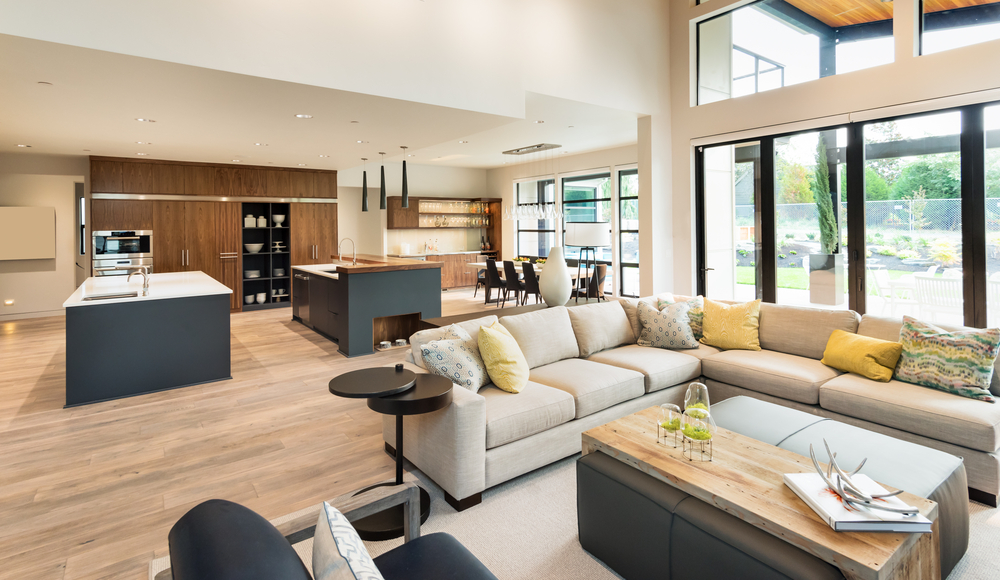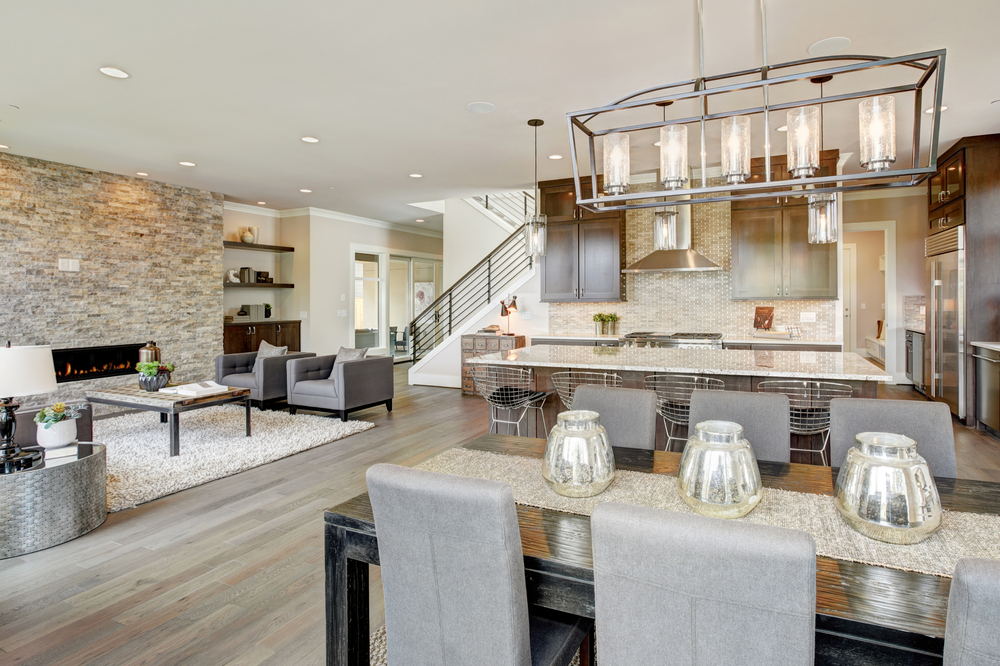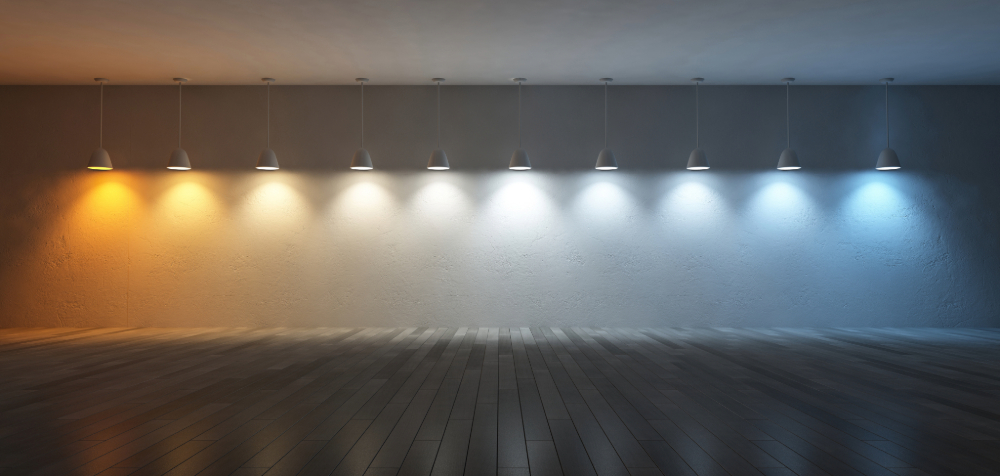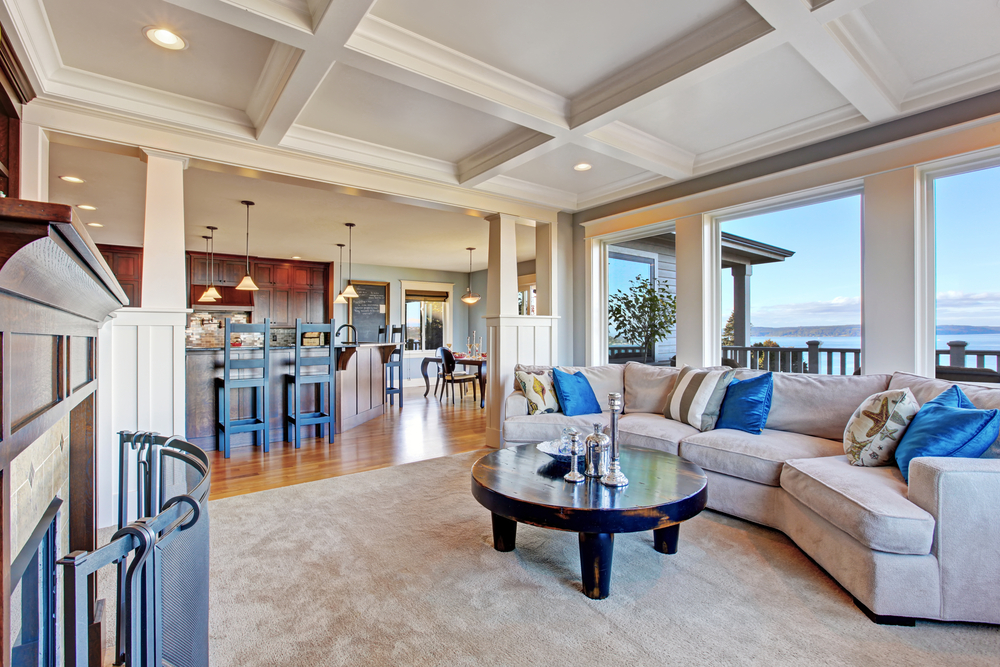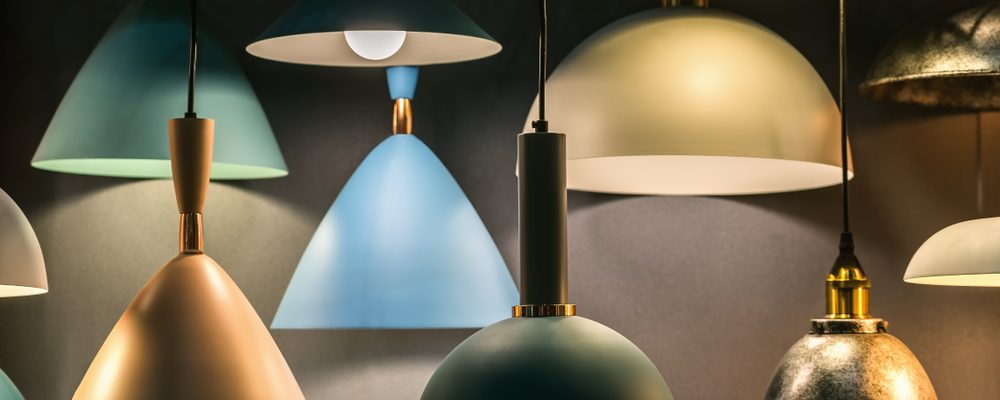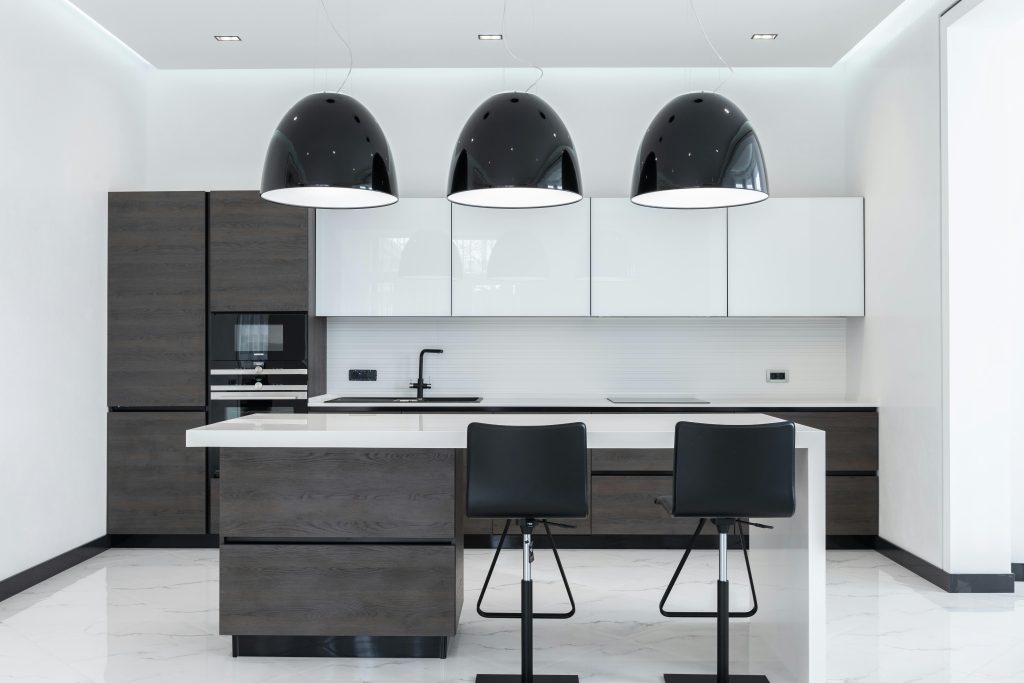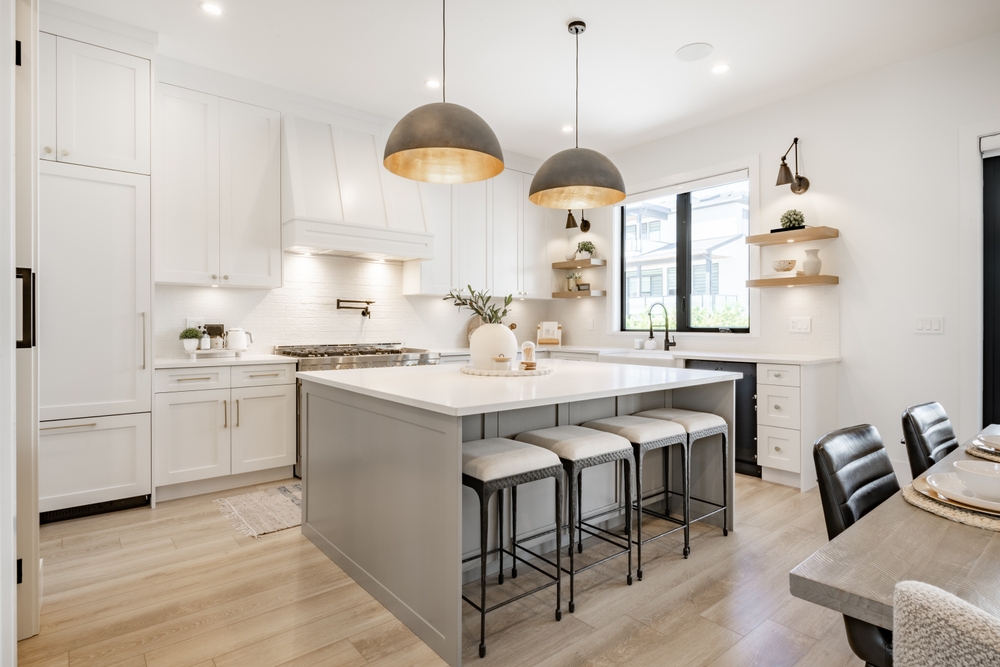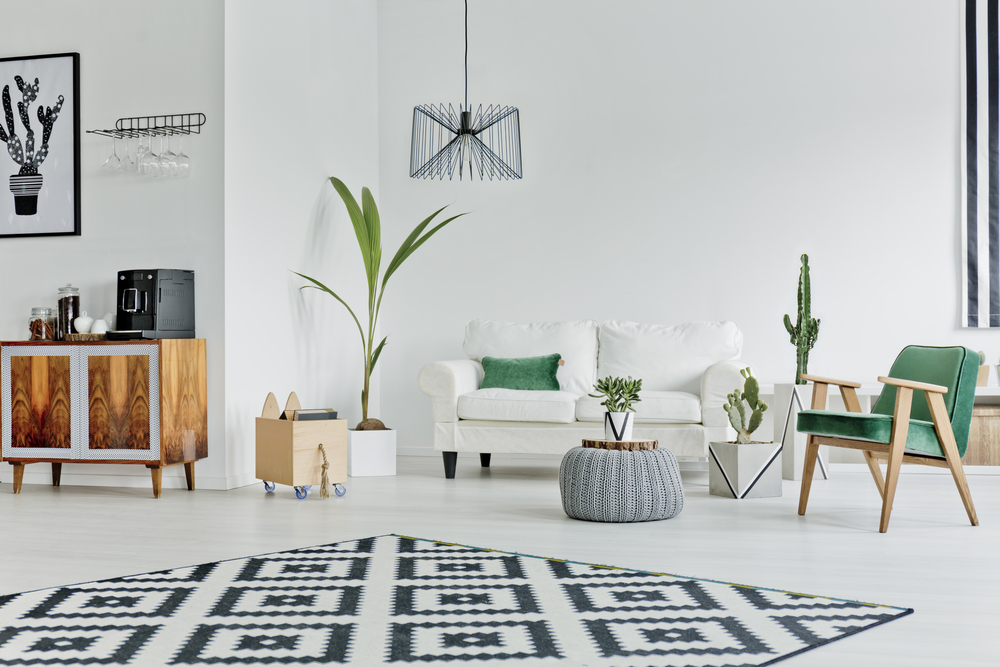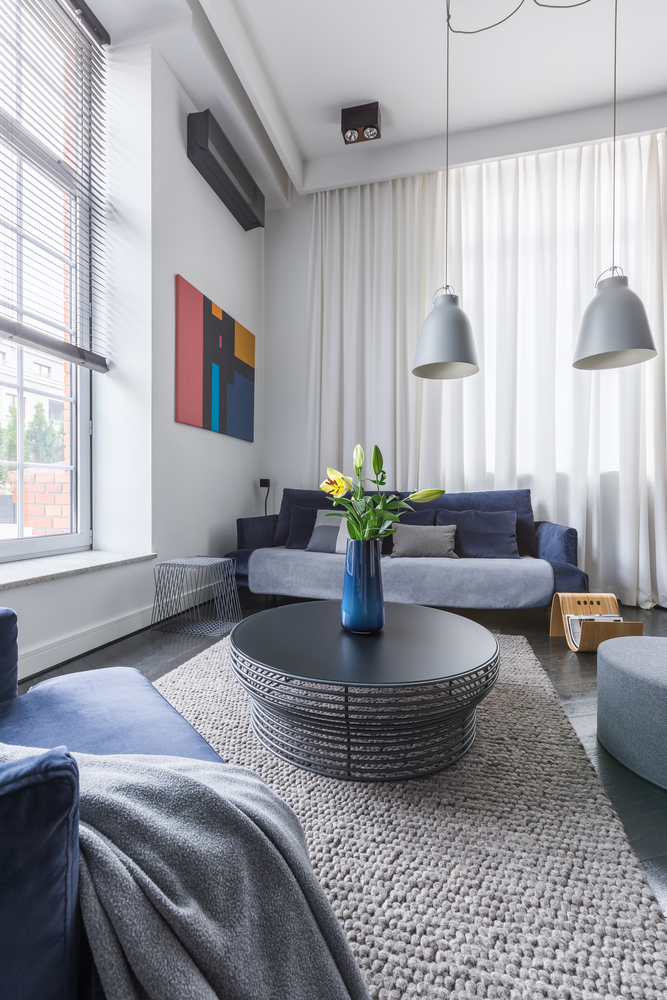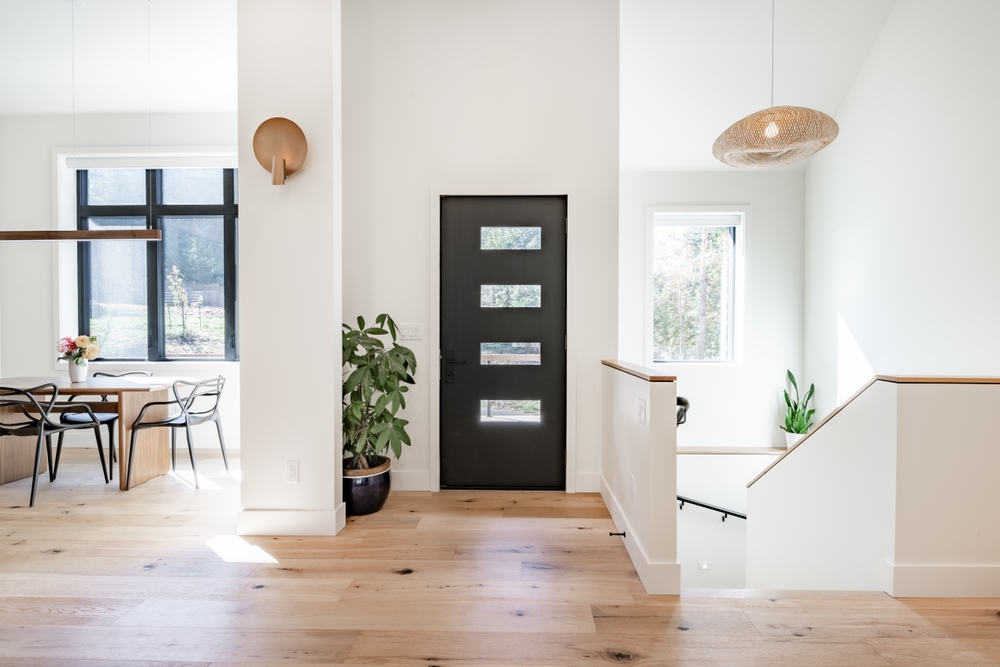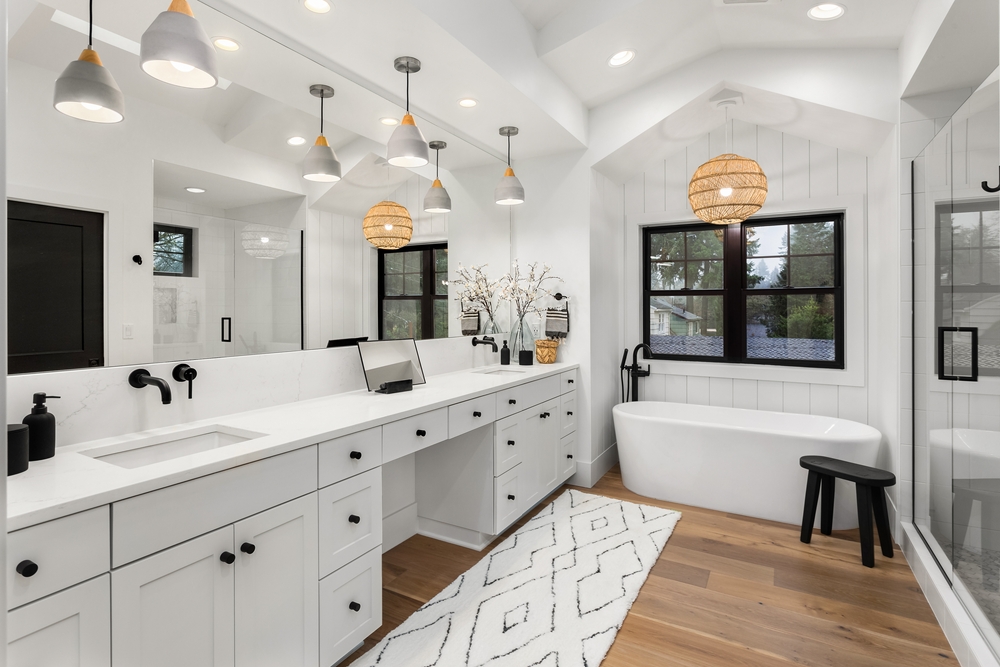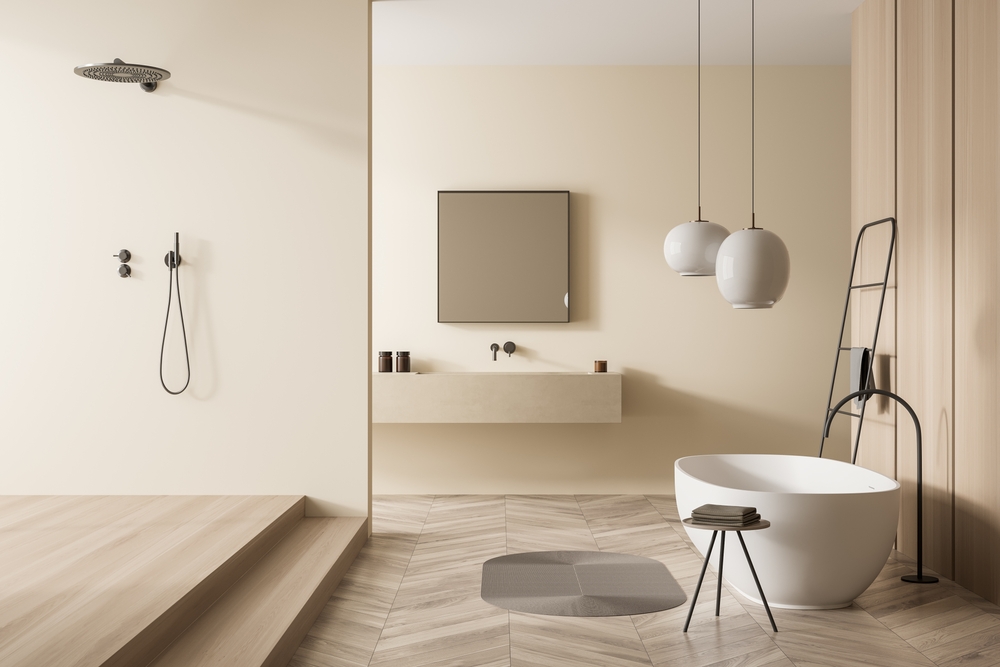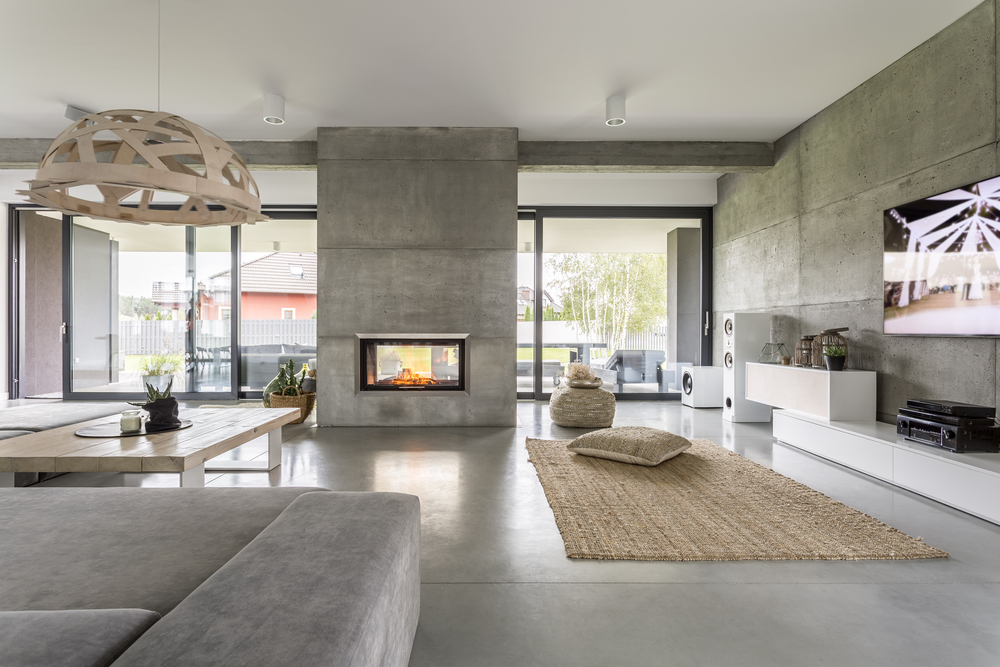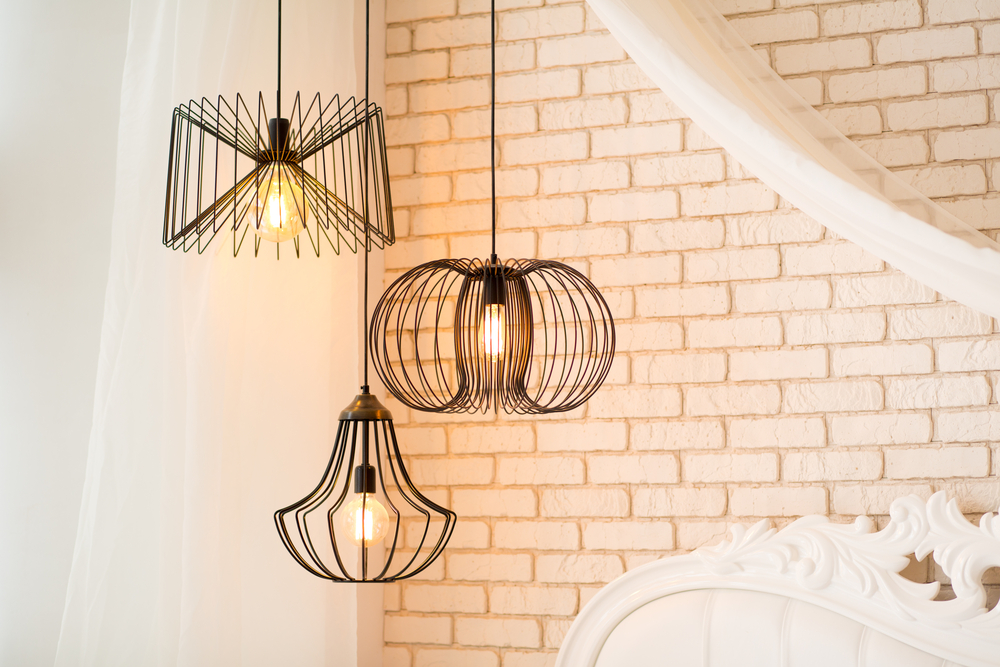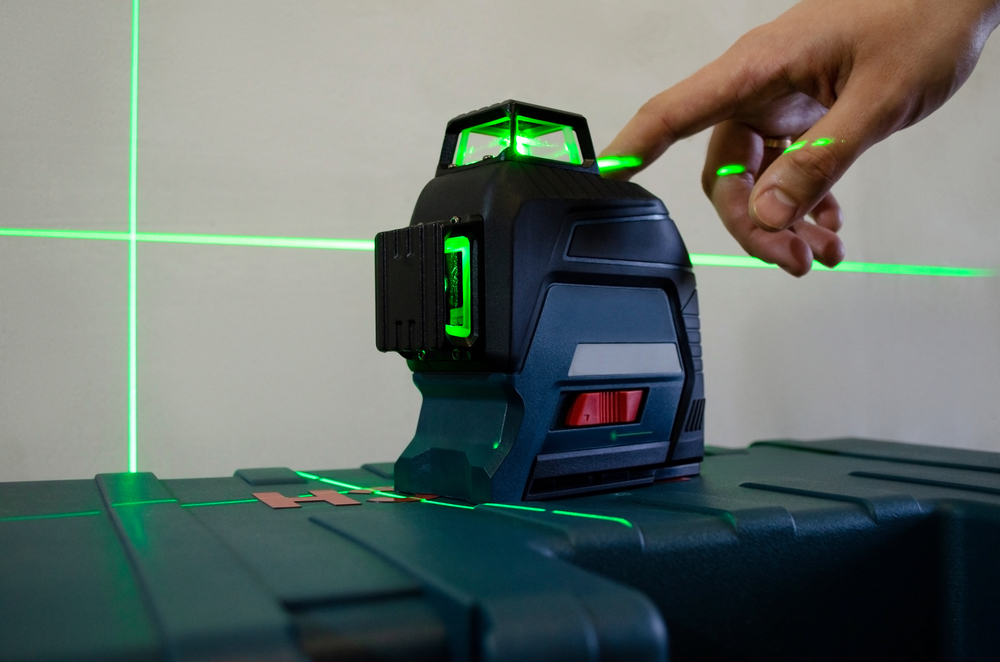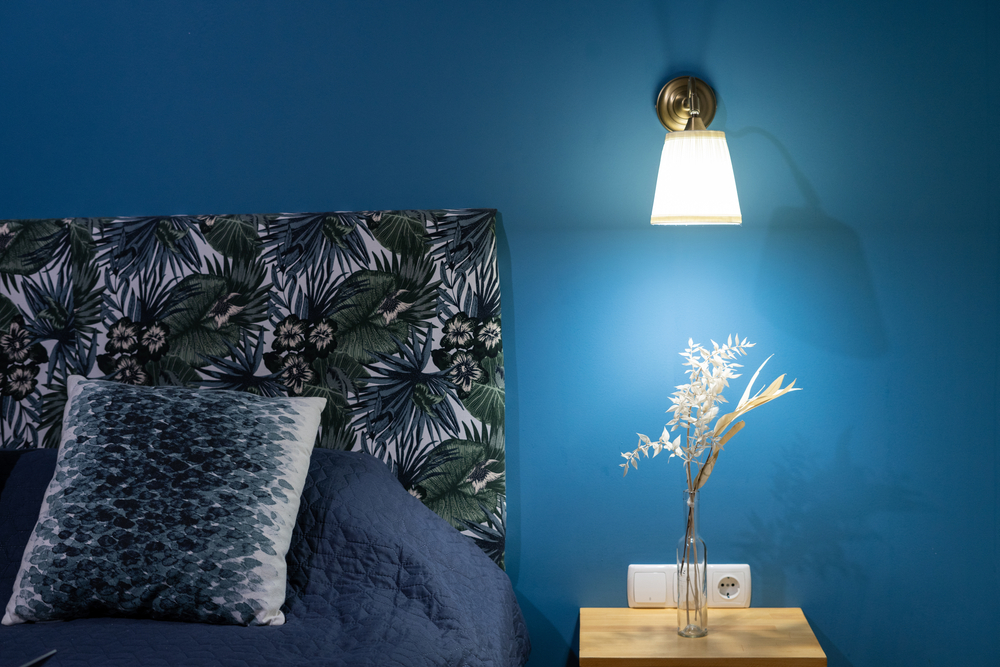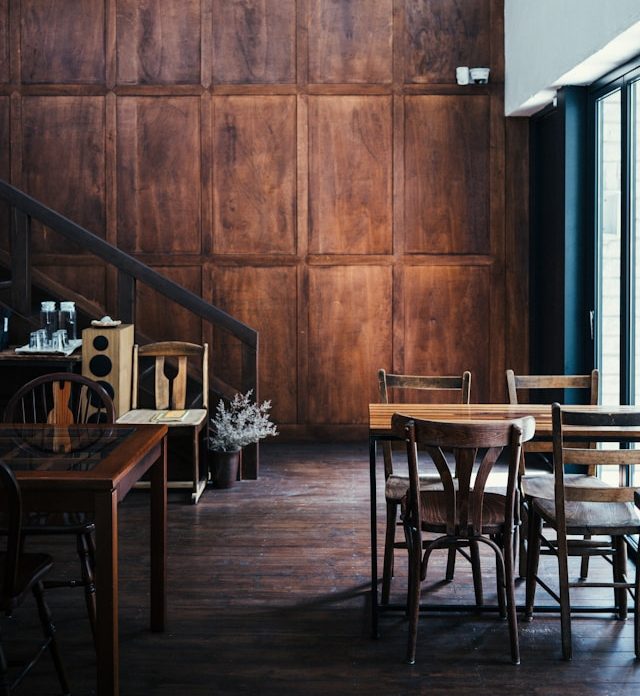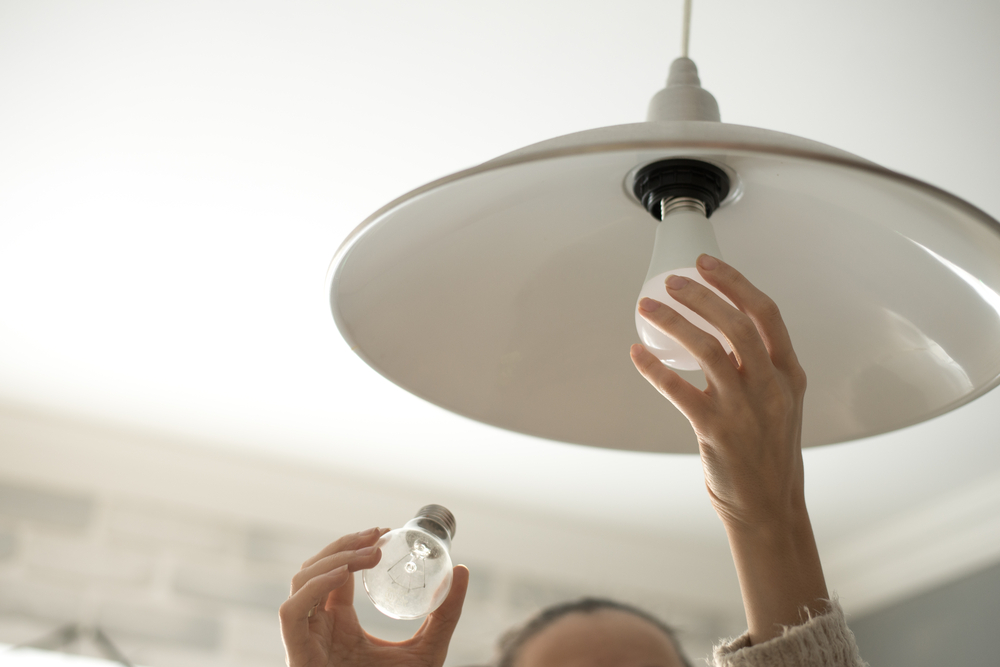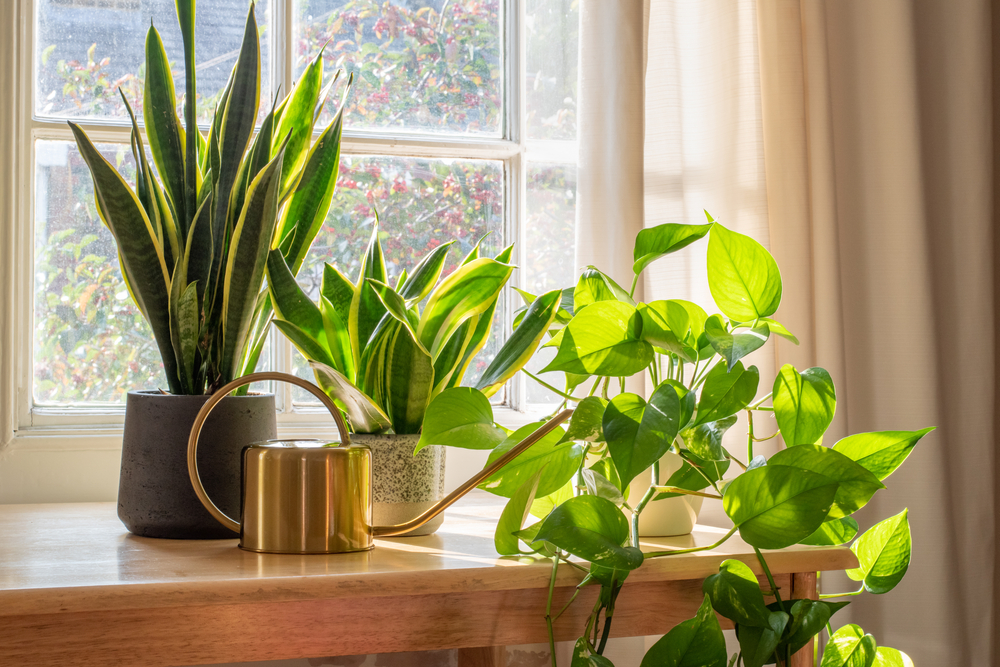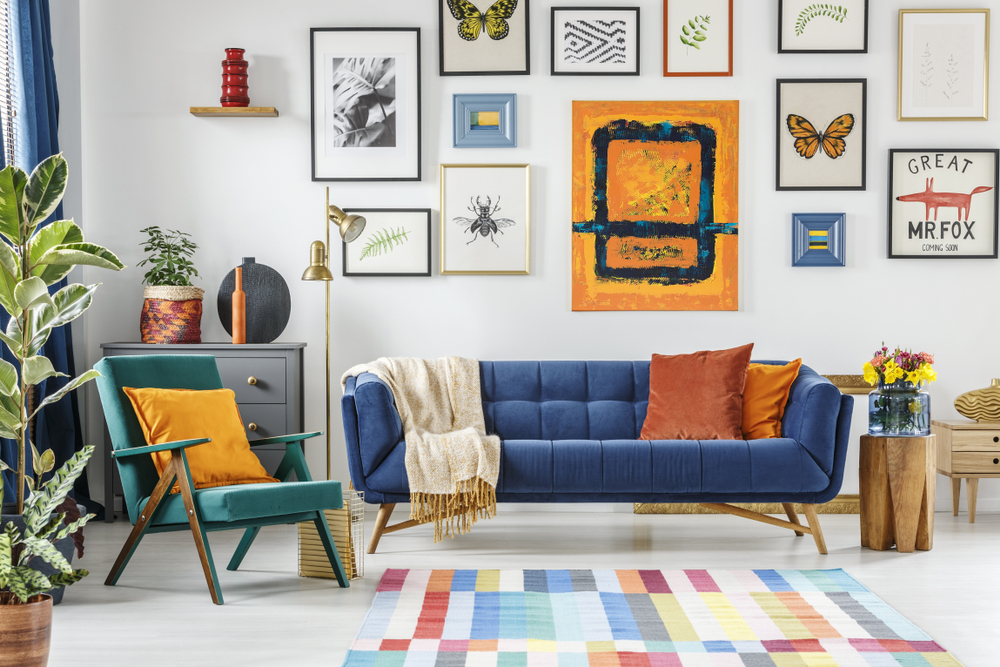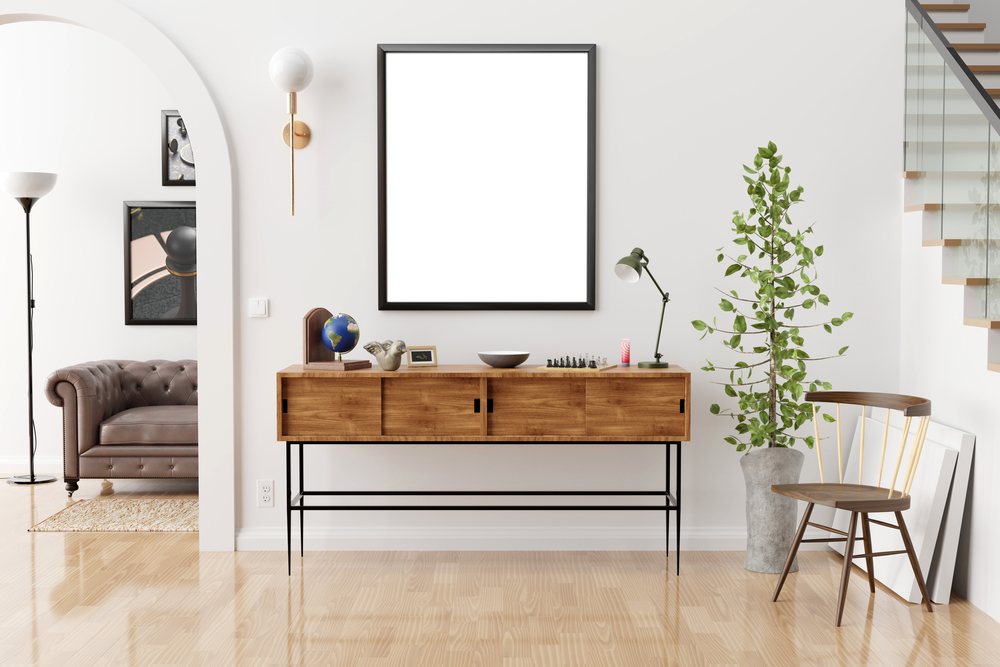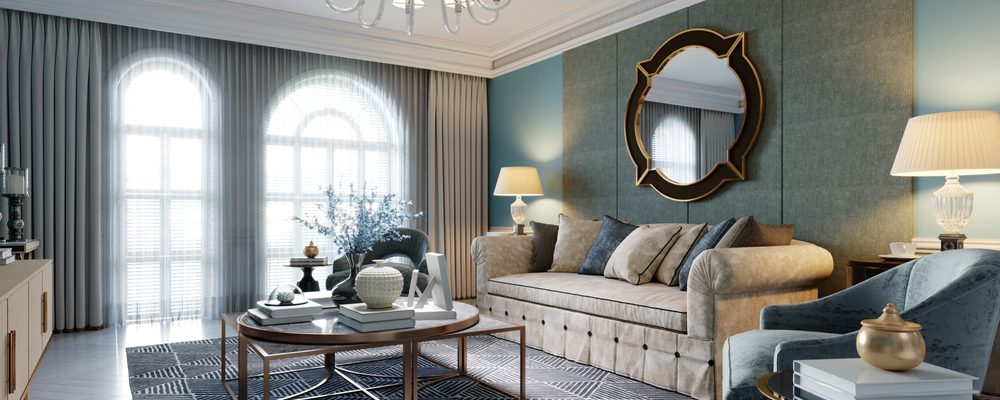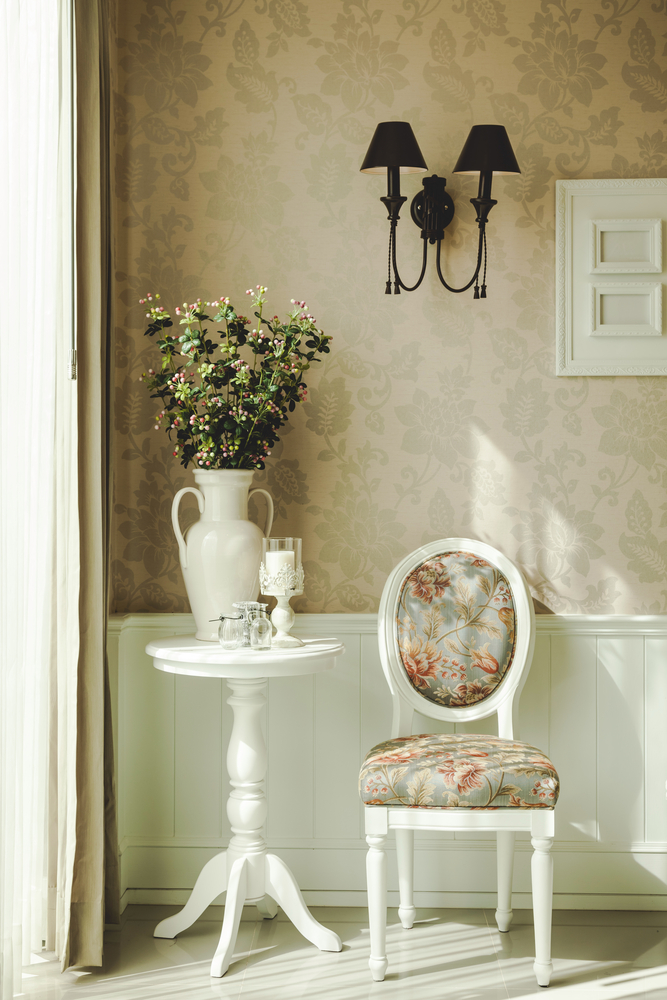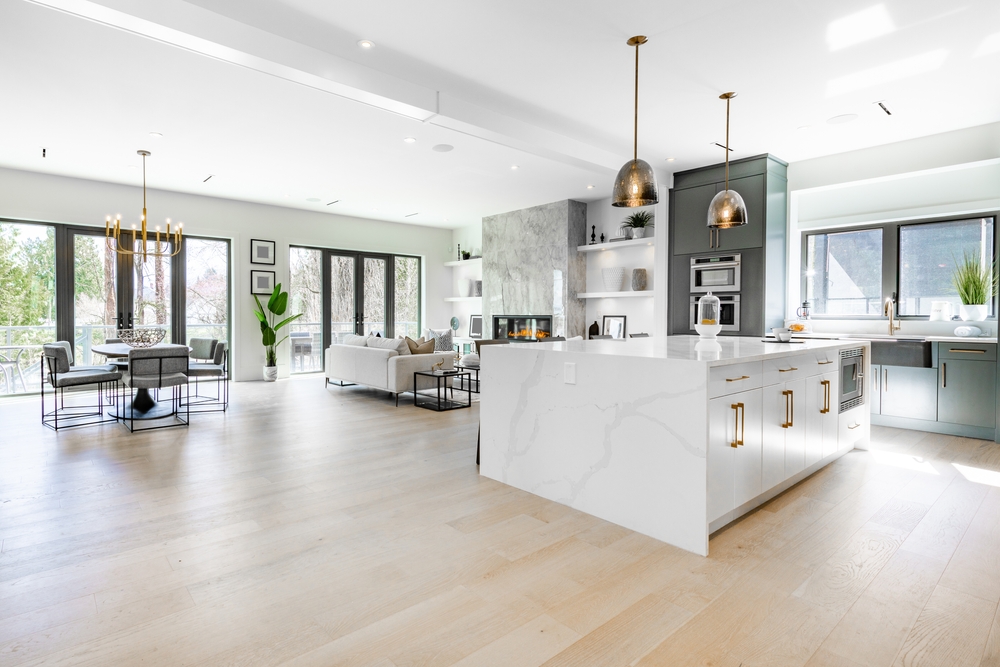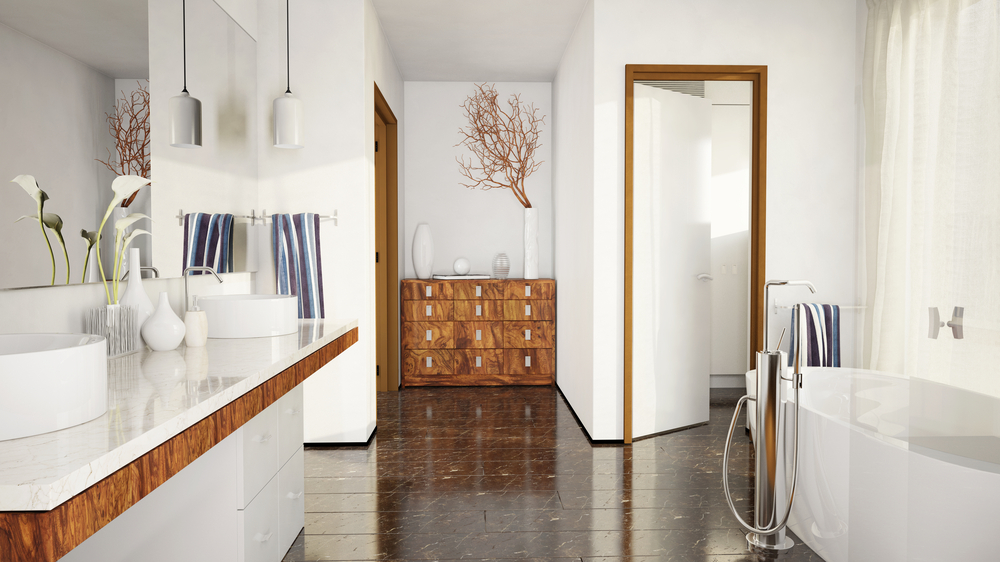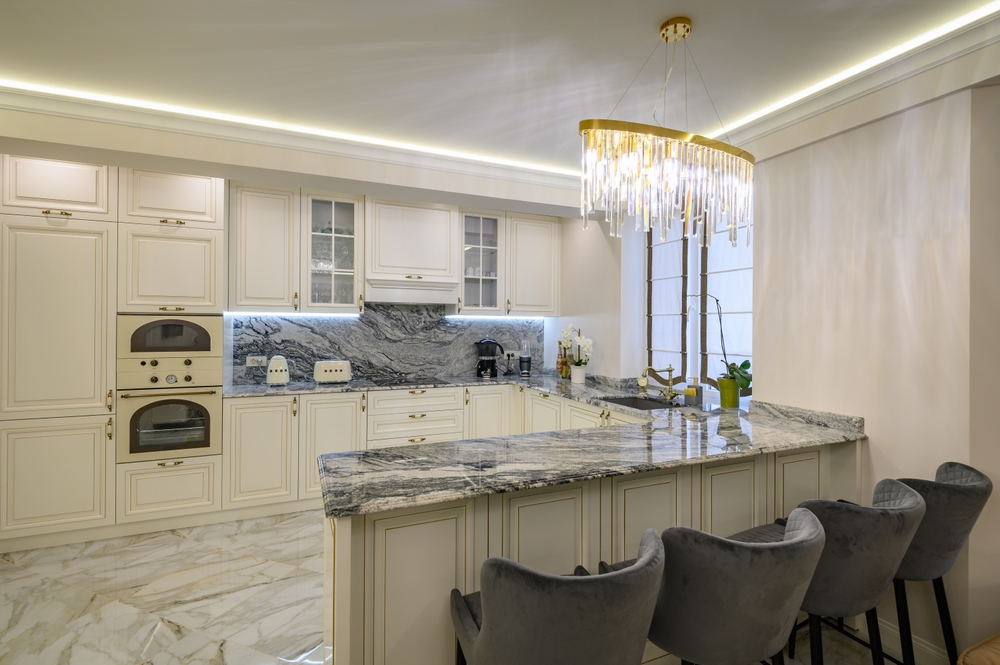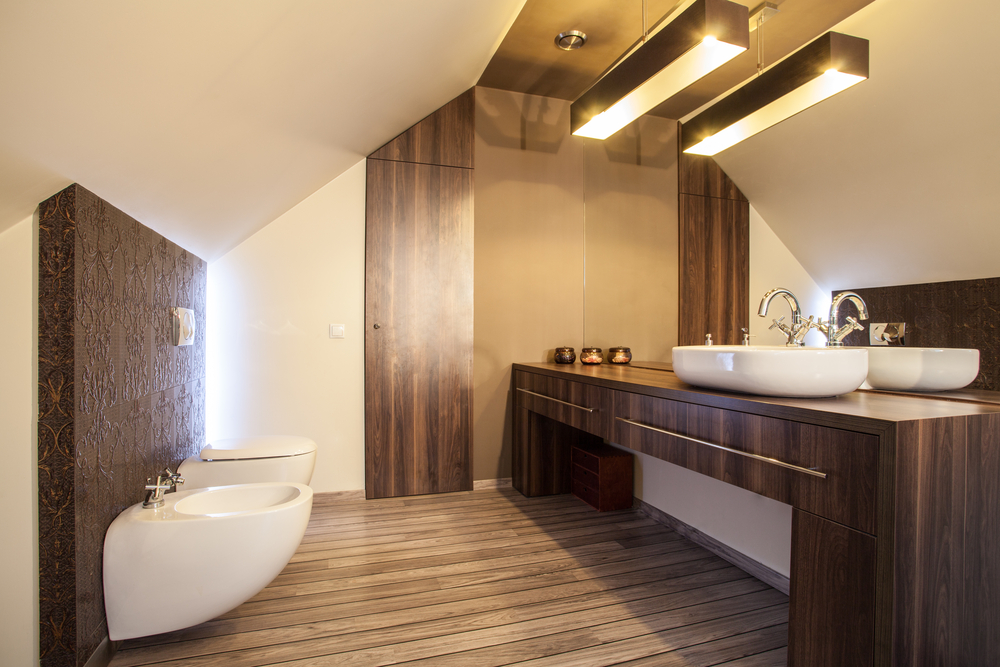All living things depend on light to survive, but did you know that the light you are exposed to throughout the day (and night) can affect your health?
Living beings experience 24-hour sleep/wake cycles called circadian rhythms. That simply means people need bright days and dim/dark nights to match what their body expects. Recent research finds that people are at their best when exposed to bright light early in the day and dimmer light in the late afternoon and evening. This “dose” of light should be experienced daily to maintain the circadian rhythm, which can improve sleep and overall health.
In today’s world, the natural day/night cycle might be difficult to achieve. Many people spend their days inside working and their evenings exposed to screens and artificial light sources, interfering with the desired cycle of light exposure.
The good news is that research shows we can use electric light sources to provide exposure to the right levels of light at the right times throughout the day to help maintain a healthy circadian rhythm.
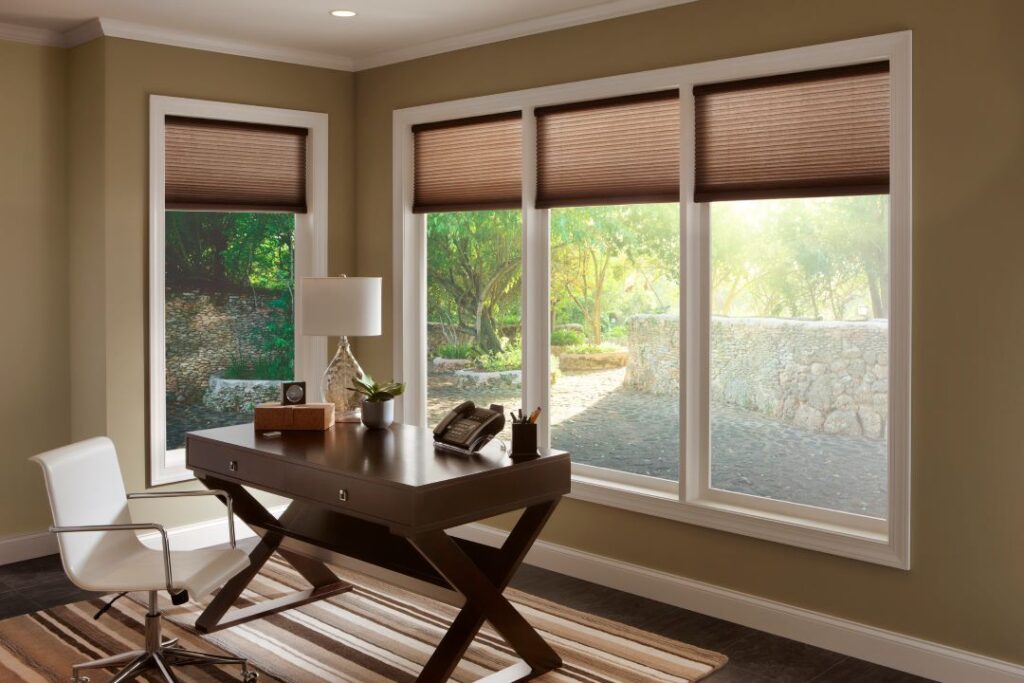
Light Your Workspace
If you work from home or in an office with windows, utilize available daylight and move your workstation closer to the window. Also, consider adding a softly diffused light source about arm’s length away from where you spend the most time during the day. Something diffused through a shade or other source will be easier on the eyes allowing you to continue to focus on the tasks at hand while maintaining proper light exposure.

Control Light Levels
Utilize lighting controls, such as dimmers or smart control products. If lights are on dimmers, set a timer to remind you to turn down the light levels in the evening. With smart controls, it is possible to program lights to automatically adjust according to the time of day.
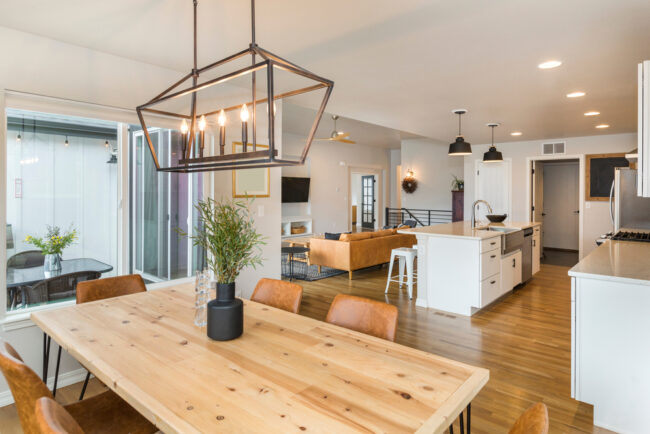
Light in Layers
It’s always a good practice to light every space in layers. Incorporating general or ambient lighting, accent lighting, and task lighting provides more versatility. In addition to enhancing the style and function of a space, lighting in layers makes it easier to focus lighting when and where you need it, which gives you more control over the light you’re exposed to throughout the day.
A lighting professional at our showroom can help design a lighting plan for a beautiful, functional, and healthy space. With the best selection, prices, and expertise, we’re ready to help you find what you need.


